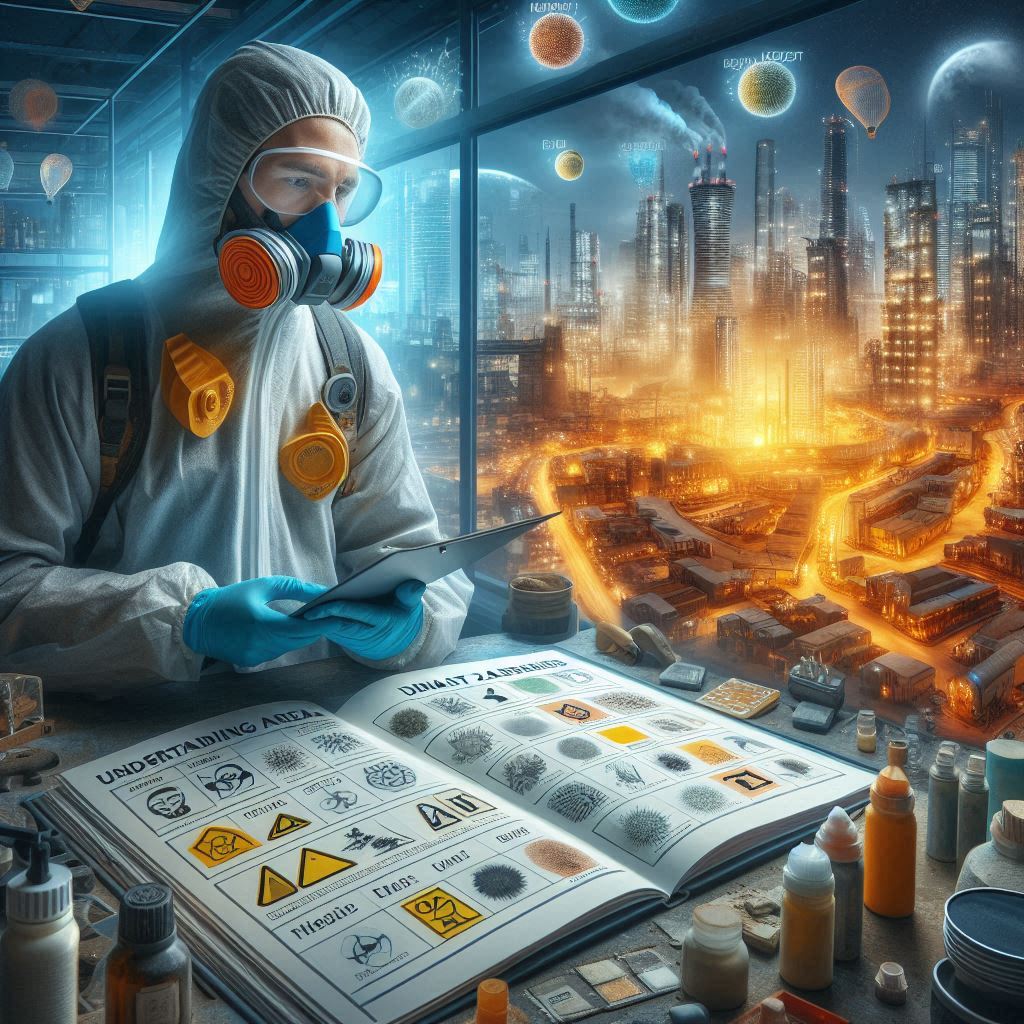When working in industrial environments, safety is paramount, especially when dealing with flammable substances and combustible dust. Hazardous Area Classification (HAC) and Dust Zones Classification are crucial frameworks designed to manage these risks. This blog delves into these classifications to provide a comprehensive understanding of their importance and application.
Hazardous Area Classification (HAC) Zones
Zone 0
Zone 0 is the most dangerous classification within the HAC framework. It represents areas where a flammable atmosphere is continuously present or exists for extended periods. Examples include the interiors of fuel tanks or sealed processing vessels. These areas require the highest level of safety precautions and specialized equipment to prevent ignition sources.
Zone 1
In Zone 1, a flammable atmosphere is likely to be present under normal operational conditions. This could include areas adjacent to Zone 0, such as spaces near open processing vessels or around pump seals. The likelihood of a flammable atmosphere necessitates stringent control measures and equipment certification to ensure safety during regular operations.
Zone 2
Zone 2 areas are those where a flammable atmosphere is unlikely to occur under normal operations but, if it does, it will only be present for a short duration. These zones often surround Zone 1 areas and are typically subject to accidental release conditions. Equipment in Zone 2 needs to be safe and robust but does not require the same level of certification as Zones 0 and 1.
Dust Zones Classification
Zone 20
Similar to Zone 0 in the HAC framework, Zone 20 areas have an explosive atmosphere in the form of a cloud of combustible dust present continuously, for long periods, or frequently. These environments are common in industries such as flour mills or grain silos, where dust can be a significant hazard. Strict controls and preventative measures are essential to manage the risks associated with combustible dust in these areas.
Zone 21
Zone 21 is characterized by the occasional presence of an explosive dust atmosphere under normal operating conditions. This could occur around machinery that processes combustible materials, where dust may escape and accumulate. Ensuring safety in Zone 21 involves maintaining clean working environments and utilizing dust-tight or dust-ignition-proof equipment.
Zone 22
Zone 22 areas are where an explosive atmosphere is not likely to occur under normal operation, and if it does, it will be for a short period. These areas are typically adjacent to Zones 20 and 21 and might experience dust accumulation due to infrequent malfunctions or abnormal conditions. Safety measures in Zone 22 focus on preventing dust accumulation and ensuring equipment is protected against dust ignition.
Ensuring Safety in Hazardous Areas
Implementing effective safety measures in hazardous areas involves several key strategies:
- Risk Assessment: Conduct thorough assessments to identify potential hazards and classify areas accurately.
- Equipment Certification: Use equipment certified for the specific zone classifications to prevent ignition sources.
- Maintenance and Inspection: Regularly inspect and maintain equipment to ensure it remains in safe working condition.
- Training and Awareness: Educate employees on the risks associated with hazardous areas and train them in safe work practices.
- Emergency Preparedness: Develop and practice emergency response plans to handle incidents involving flammable or explosive atmospheres.
Conclusion
Understanding and applying the principles of Hazardous Area Classification (HAC) and Dust Zones Classification is critical for ensuring safety in industries dealing with flammable substances and combustible dust. By adhering to these classifications and implementing robust safety measures, organizations can significantly mitigate the risks and protect their workforce and assets.
About the Author
Dr. Neeraj Sharma, with a PhD in Industrial Safety & Health, serves as a Radiological Safety Officer and Lead Auditor for IMS and BSC OHS systems. He is a leader in standards review committees for OISD 145 & 184 and a competent person with over 41 years of rich experience in the field.
This information was gathered by Mr. Alnoor Gadiya, TECH IOSH, NEBOSH IGC.
By incorporating these guidelines, industries can enhance their safety protocols and create a safer working environment for all employees.
